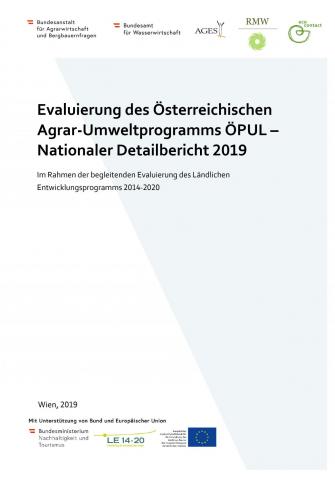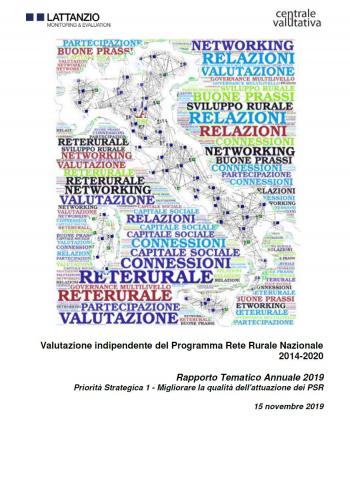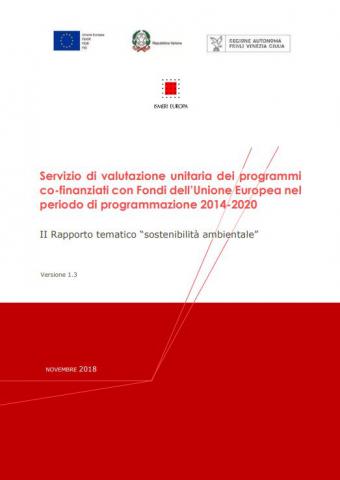
Summary of the results for the Evaluation Questions in Focus Areas 4A, 4B, 4C, 5D, 5E. As part of the accompanying evaluation of the Austrian Rural Development Programme 2014-2020, in the Annual Implementation Report 2019 the relevant Focus Areas of biodiversity, water, soil, climate and animal welfare as well as additional effects have been assessed.










